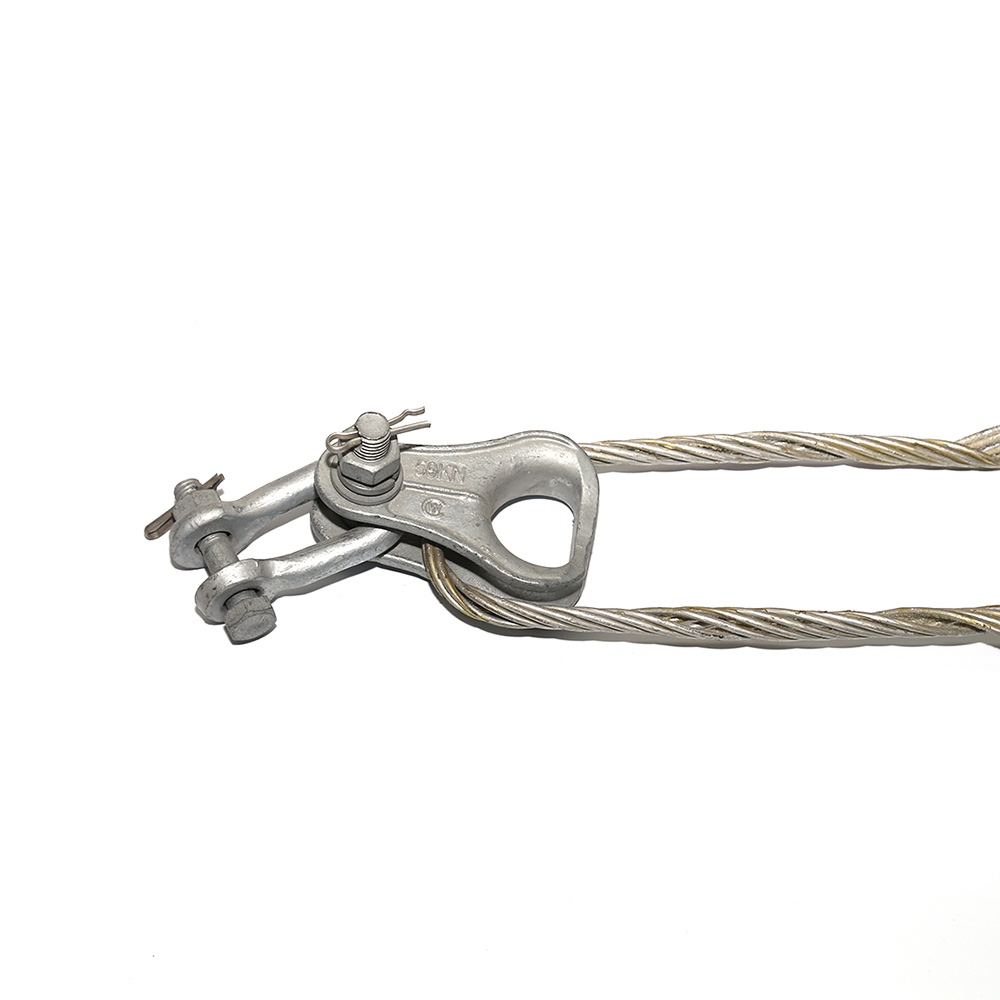
A preformed tension clamp is a device used to grip and support the cables of conductors. It does this while providing the necessary tension to maintain their position. The clamps are from durable materials such as steel or aluminum. They have designs with various shapes and configurations to hold the size of the cable they are to support. They refer to as “preformed” because they mold into the shape before installation. This is to ensure a precise fit and optimal performance for the clamps. Preformed tension clamps provide a strong and secure grip on the cable. This is to prevent slippage or sagging even under different environmental conditions. The clamps find use in various applications such as power distribution, telecommunication and cable infrastructure.
Applications of preformed tension clamp
The specific application of preformed tension clamps varies depending various factors. These include the type of power line, voltage level, conductor size and environmental conditions. Industry professionals can provide more guidance on the suitable use of clamps in applications. The following are the applications of the preformed tension clamps.
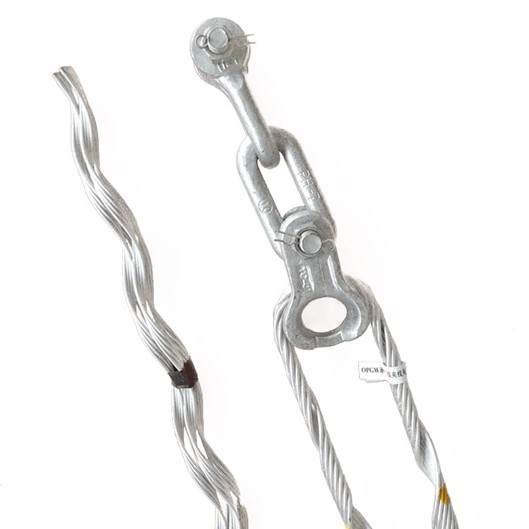
- Guy wire – tension clamps ensure proper tensioning of the guy wires. This helps to maintain structural stability and preventing excessive movement or swaying.
- Overhead transmission lines – preformed tension clamps help to support the conductors on the lines.
- Railway electrification – preformed tension clamps help to secure and tension the contact wires. They provide the necessary support and tension to ensure reliable power supply to electric trains.
- Substation installations – preformed tension clamps work in substation installations. They support and tension the conductors connecting different components of the electrical grid. They also maintain proper tension in the cables or busbars.
- Communication lines – the clamps also work in installations such as fiber optic cables or telephone lines. They assist in securing and tensioning the communication cables. They also ensure reliable transmission of signals over long distances.
- Distribution lines – the clamps deliver electricity to residential, commercial and industrial areas. They help to secure and support conductors. This provides the necessary tension for efficient power distribution.
Safe installation of the preformed tension clamp
Some of the manufacturers in the market offer installation instructions for the tension clamps. They may include extra steps or considerations specific to the particular clamp design. It is essential to ensure a safe and reliable installation of preformed tension clamps on power lines. Below is a step-by-step installation process of the preformed tension clamps.
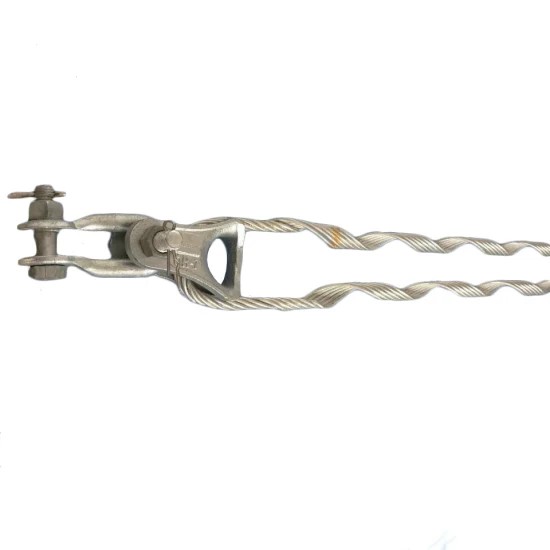
- Site survey – assess the site to check the condition of the power line. This is to determine the appropriate locations for the tension clamps. They also ensure that all the necessary tools and equipment are available.
- Prepare the conductor – ensure the conductor is clean and free from any debris or contaminants. They could affect the grip of the tension clamp.
- Position the tension clamp – position the tension clamp at the desired location on the conductor. This will depend on the application and design requirements.
- Align the gripping elements – align the gripping elements of the tension clamp with the conductor. Ensure they position and in contact with the conductor’s surface.
- Apply tension – apply the needed tension to the conductor by adjusting the tensioning device or mechanism if provided.
- Secure the clamp – secure the tension clamp to the conductor using the provided bolts, nuts and others to ensure the clamp is tight.
- Inspection – conduct a visual inspection of the installed tension clamp to ensure that it is properly aligned, fastened and free from defects or damages.
- Repeat for extra clamps – this includes areas where many tensions are necessary along the power line. Repeat the above steps for each clamp to ensure proper spacing and tension distribution.
- Documentation – maintain detailed records of the installation process for future reference. This includes dates, types used and any other observations.
How to maintain tension clamps
The preformed tension clamps need frequent maintenance to ensure the continued reliability and safety of the system. This helps to identify potential issues early and prevent unexpected failures. It also helps to extend the lifespan of the clamp and the power systems. The following is a basic guide on the maintenance and inspection of the preformed tension clamps.
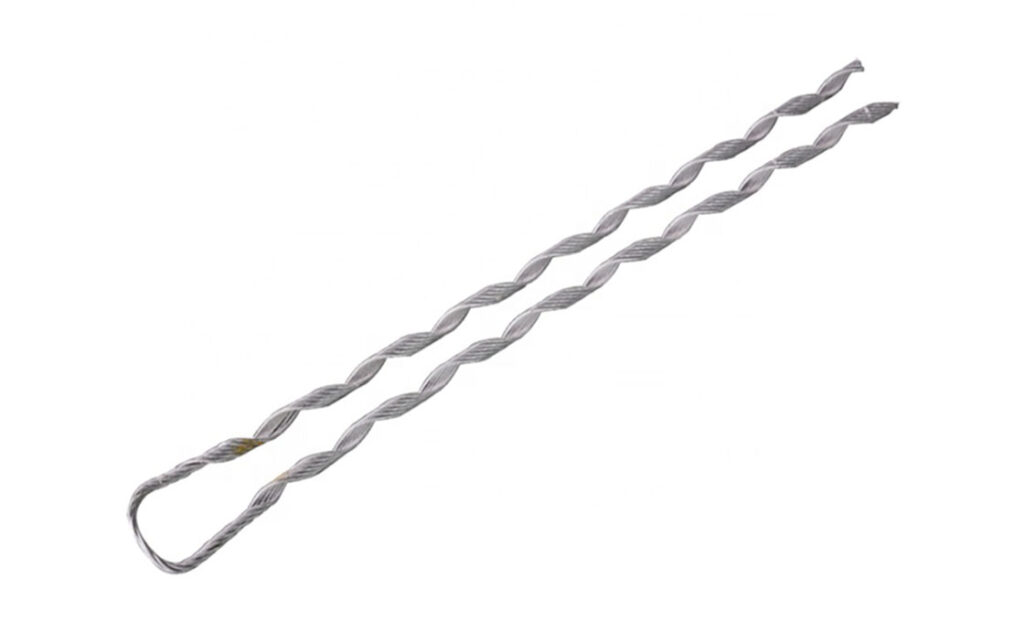
- Establish a regular schedule for inspection based on the conditions. These conditions include environmental conditions, usage and the criticality of the installation.
- Visually inspect the clamp for signs of damage, wear or corrosion and check for deformation, cracks or loose components.
- Ensure the gripping mechanism engages with the conductor and ensure the components align as intended.
- Inspect the clamp’s materials for signs of corrosion which can compromise the mechanical integrity and conductivity of the clamp.
- Check and adjust the tension as necessary to ensure it meets the required specifications if applicable.
- Assess the clamp’s exposure to environmental conditions such as weather, humidity and temperature changes.
- Maintain a detailed record of each inspection including the date, location, observations and any actions taken.
- Clean the clamp to remove dirt, debris or contaminants that could affect its performance or grip.
- Replace or repair any clamp that shows signs of significant wear, damage of deterioration.
Testing for preformed tension clamps
Preformed tension clamps need to undergo testing to ensure their reliability and performance. The tests also help the manufacturers to ensure that preformed tension clamps meet the required performance standards. This is to ensure the reliability and safety of overhead cable systems. Additionally, it is important to select clamps that have undergone the various tests to ensure safety for your application. The following are the various tests for preformed tension clamp.
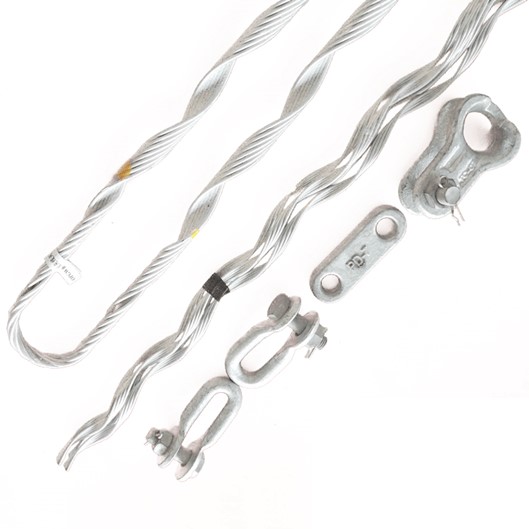
- Tensile strength test – this is to check the greatest load the clamp can withstand before breaking. It involves applying increasing force to the clamp until failure occurs. This is to determine the clamps safe working load and its ability to withstand tension.
- Fit and compatibility test – this helps to ensure the clamp fits the cable and it compatible with other components. It involves verifying dimensions, tolerances and compatibility with various cable types.
- Corrosion resistance test – this involves checking the resistance to corrosion especially in outdoor applications. It may involve exposure to salt spray, humidity or other corrosive agents.
- Vibration and fatigue tests – this involves simulating vibrations and cyclic loading conditions the clamp may experience. This helps to assess the clamps fatigue strength and durability.
- Quality control and certification – it involves conducting regular quality control checks and obtaining certifications from relevant regulatory bodies. This is to ensure their compliance with industry standards and specifications.
- Material analysis – the tests help to ensure the clamps meet the specified standards for strength, durability and corrosion resistance. The analysis also helps to verify the quality and suitability of the materials for the intended application.
- Environmental testing – this is subjecting the clamp to environmental conditions. These include temperature variations, UV exposure and mechanical stress. It helps to assess the clamps performance under different operating conditions.
- Insulation tests – verifying the insulation resistance between the clamp helps to ensure the safety and prevent electrical leakage.
Signs of a failing preformed tension clamp
It is important to identify signs of a failing preformed tension clamp to ensure their safety and reliability. Conducting inspections and maintenance helps to detect signs of failure and address them. Also, it is advisable to consult with qualified technicians to assess the clamps condition and take appropriate action. The following are the common signs to look out for.

- Visible damage – inspect the clamp for any visible signs of damage such as cracks, deformation or corrosion. They can weaken the clamps and compromise their ability to hold the cable.
- Increased sagging – increased sagging between the support points may show the clamp does not provide tension.
- Electrical issues – check for signs such as sparking, overheating or power fluctuations. These could show the clamp is failing causing the cable to vibrate.
- Visible wear – look for signs of wear on the clamp’s gripping surfaces. Excess wear can reduce the clamps’ ability to maintain tension and support.
- Slipping cable – loose cables state the clamp is losing its grip due to wear or damage.
- Rust and corrosion – rust on the surfaces could weaken its structural integrity and lead to failure in outdoor environments.
- Physical movement – unexpected shifts of the clamp may show that its not attached or its failing.
- Age and maintenance history – consider the age of the clamp and its maintenance history. Wear and tear can weaken the clamp leading to need for replacement or repair.
Frequently asked questions
Preformed tension clamp help to grip and support overhead cables such as power lines and telecommunication cables. This is while providing the necessary tension to maintain their position and prevent sagging.
Regular visual inspections help to check for signs of damage, corrosion or wear. It is important to ensure the clamps have proper tension and fastened to the cables.
Common tests include tensile strength testing to determine the greatest load the clamp can withstand and corrosion resistance testing. This is to assess its durability in various environments and fit and compatibility testing to ensure proper alignment with the cable.
